GT12 - 2000
At the Geneva Motor Show in March 2000, the Sbarro stand was well-stocked, thanks to the work of students from Espace Sbarro and Espera Pontarlier. But one car stood out from the crowd: the GT12. Following the success of the GT1 a year earlier, Franco Sbarro decided to take a closer look at this prototype and give it a more noble engine: a twelve-cylinder V-twin.
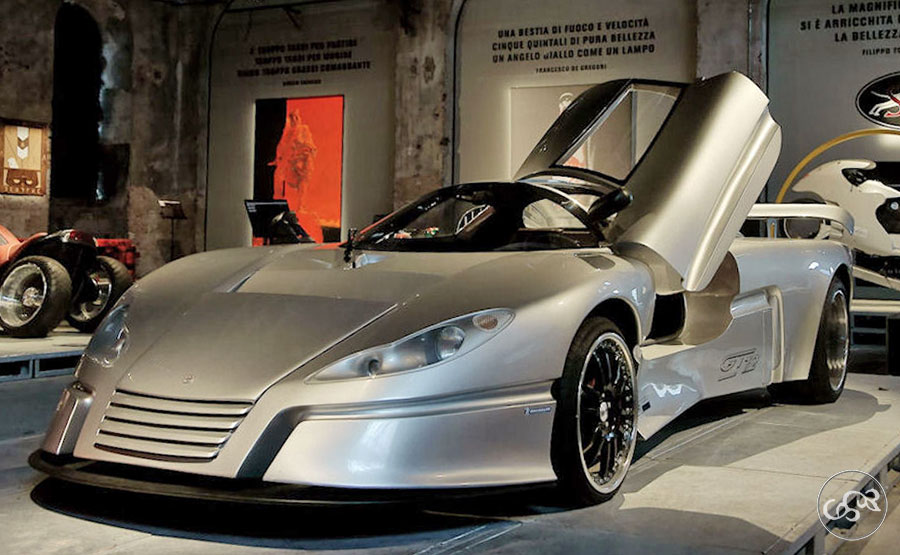
GT1 version 2
The GT1 was the brainchild of Franco Sbarro and students from Espace Sbarro. This time, only Franco Sbarro is at the controls. Externally, the GT12 is very similar to the GT1. The most visible evolutions are the new 18-inch Antera wheels, the unconcealed Mercedes taillights and a spoiler that is no longer fixed but movable, tilting up to 15° electrically. In this position, the aerodynamic lift on the rear reaches 400 kg and slams the car to the ground. The air intakes open automatically when the cooling fans are switched on.
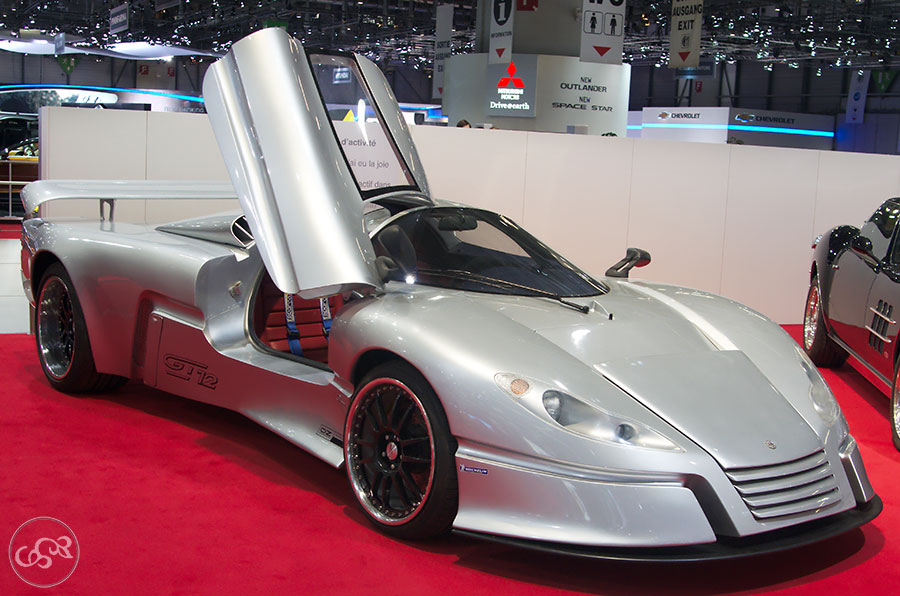
12 cylinders
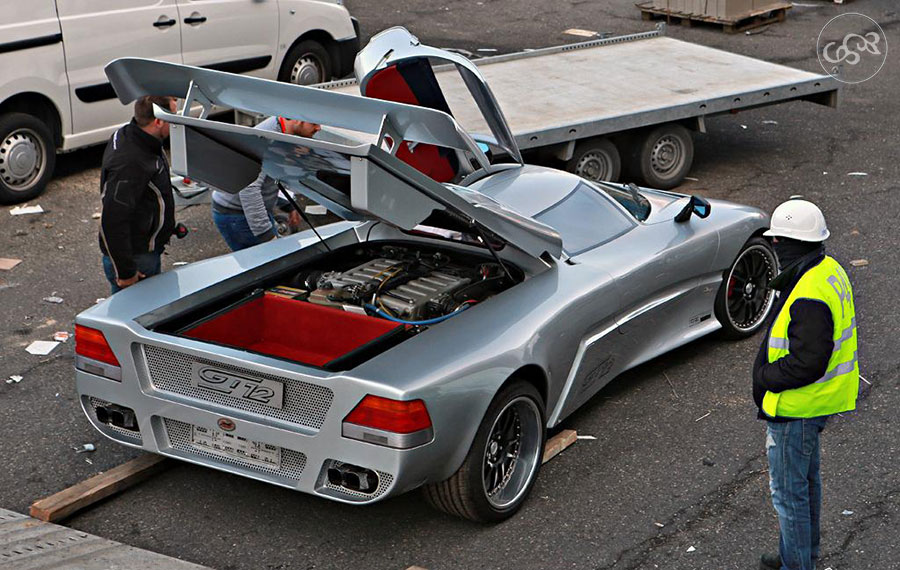
Dual Frame
As with the GT1, the chassis is of the dual-frame type patented by Sbarro in 1991. This system consists of two complementary structures. Firstly, a tubular frame bolted to an auxiliary frame supports the rear axle. The engine block is fixed between these two frames and acts as a load-bearing unit. The second structure is the polyester composite monocoque body. The two parts are connected by silent-bloks.Mercedes undercarriages provide the ground connection. Rear suspension is derived from the standard Mercedes. At the front, superimposed wishbones designed by Franco Sbarro are used specifically for the GT12.
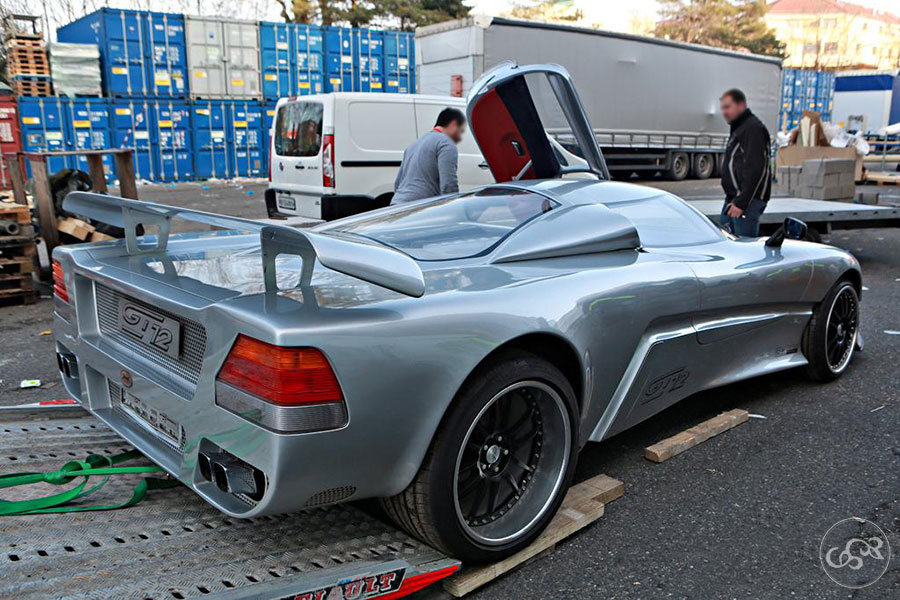
Comfort
The GT1 didn't shine in terms of comfort. The GT12 is more usable. The driving position, however, remains typical of a racing car. The entire pedal assembly is electrically adjustable. The seats are also adjustable in terms of seat and backrest. Seat belts are four-point harnesses. The cabin is air-conditioned. Upholstery is red leather with blue alcantara on the dashboard.
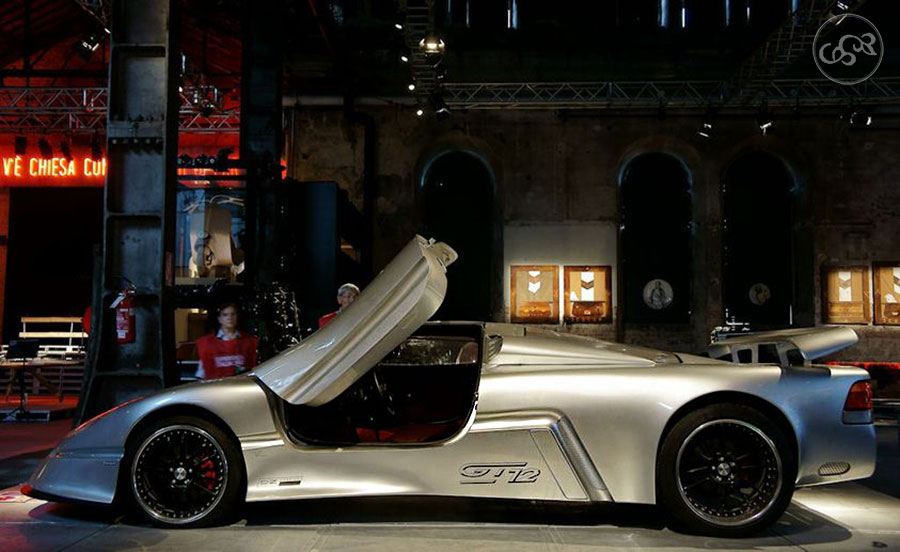
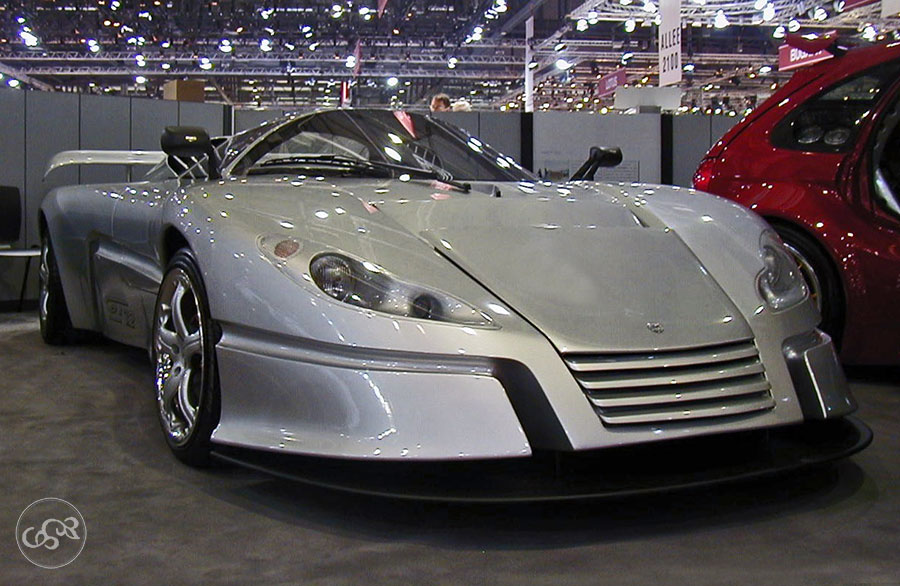
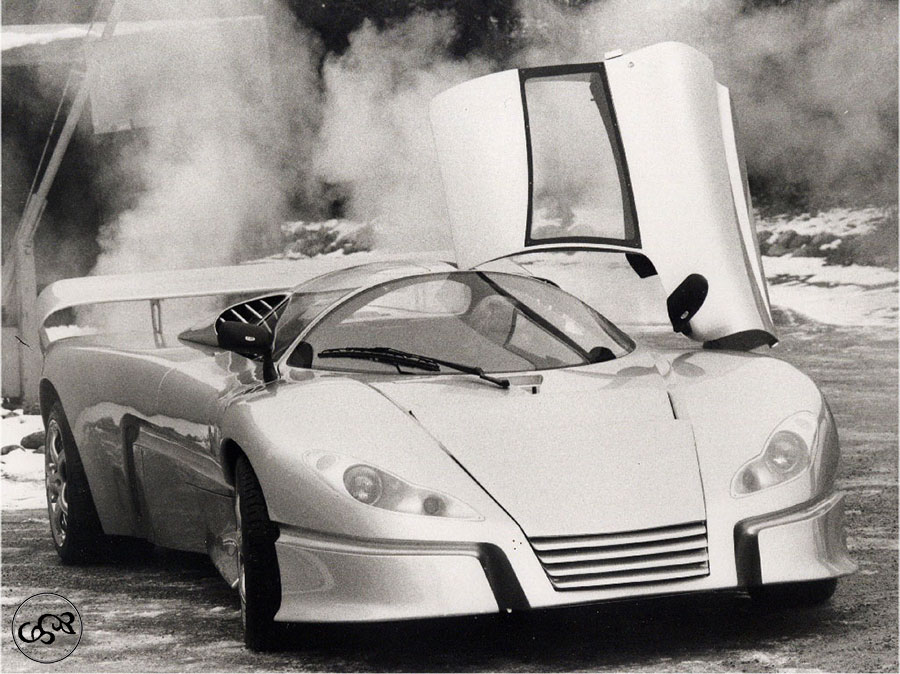
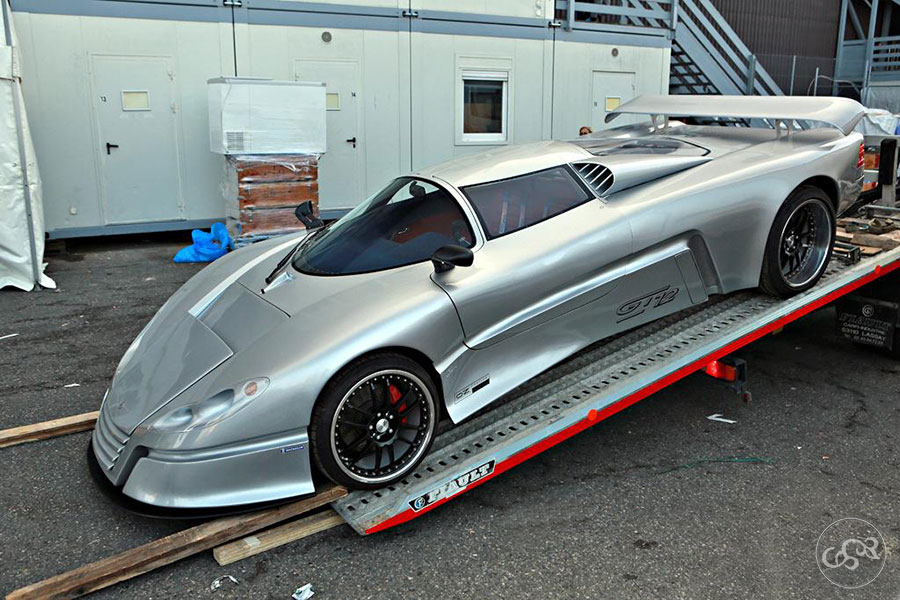
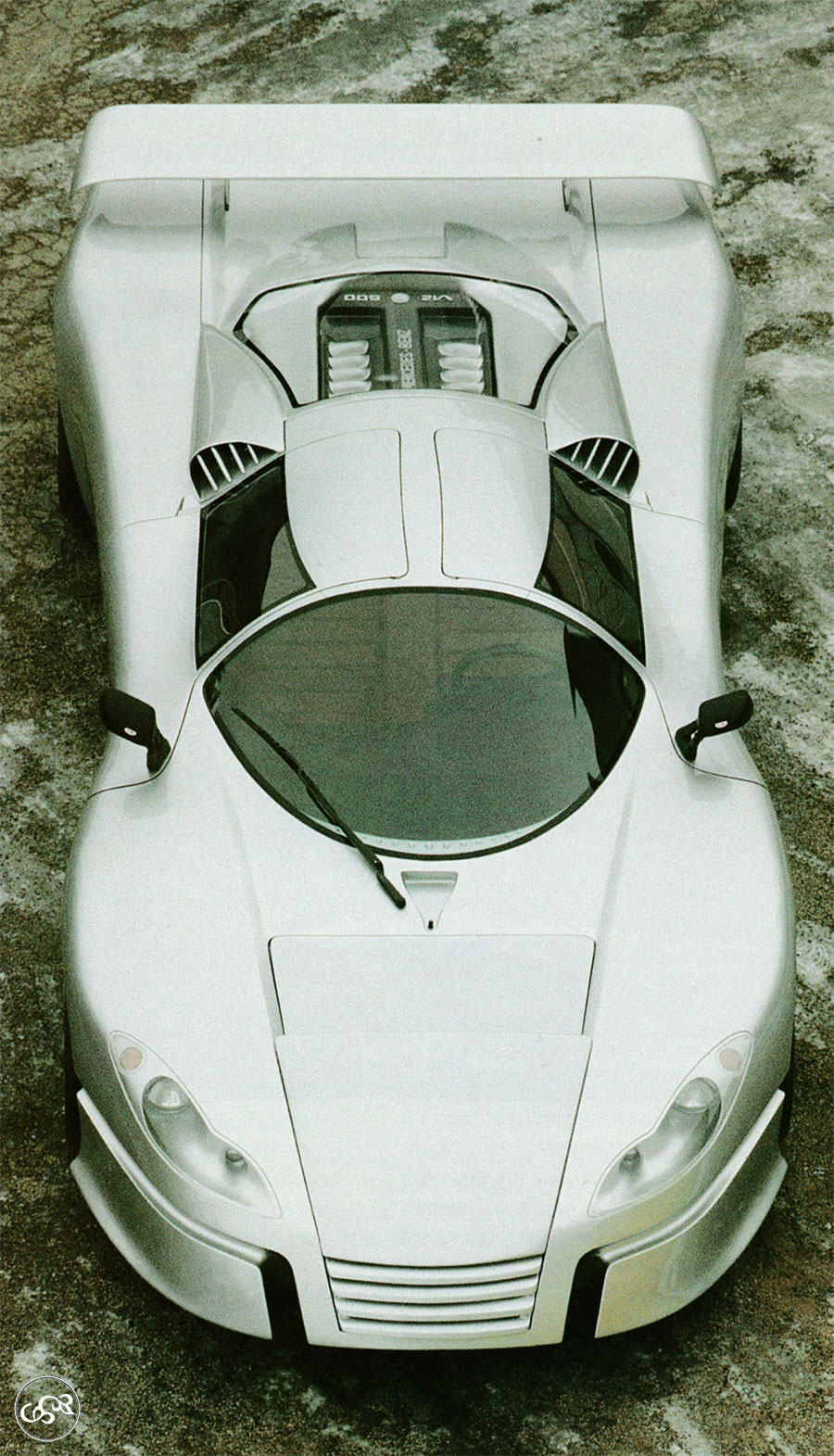
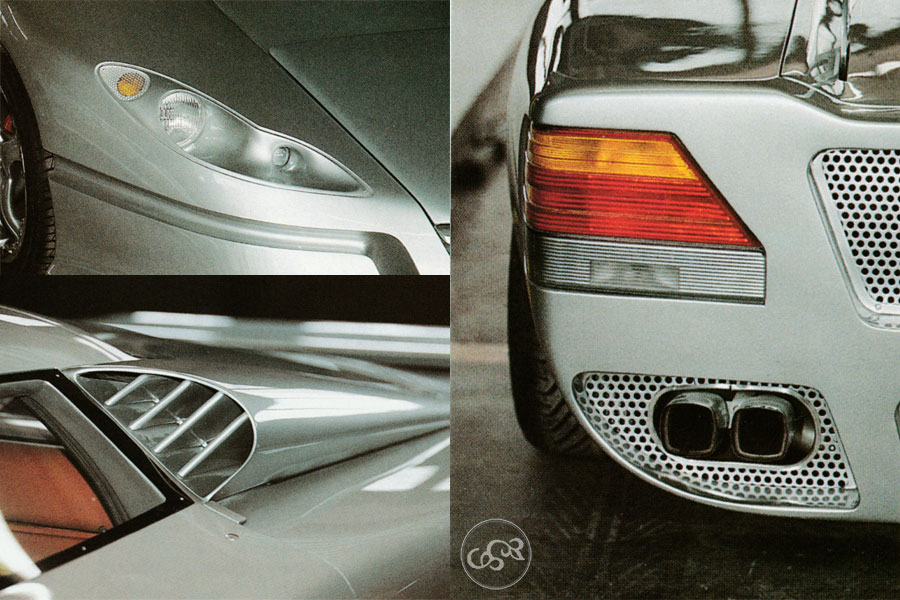
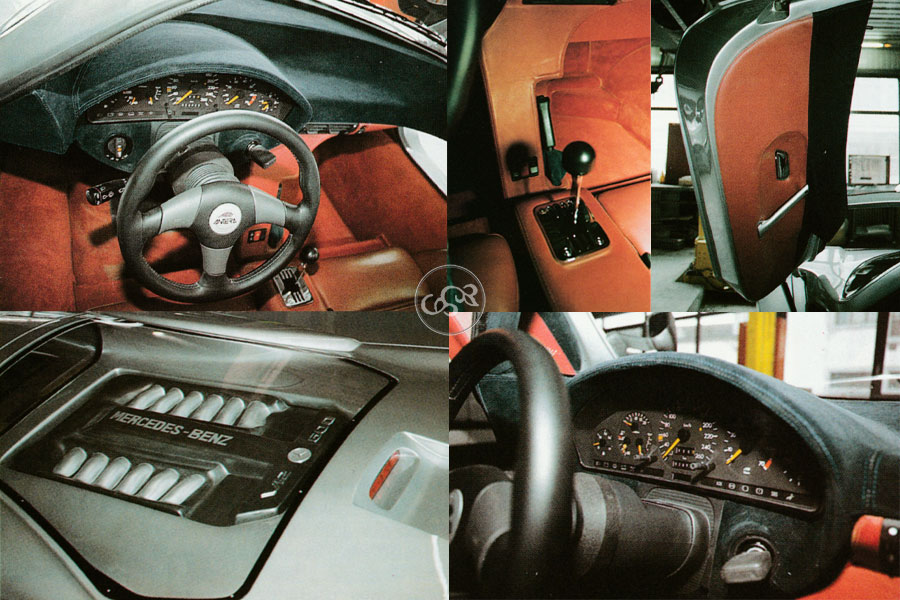
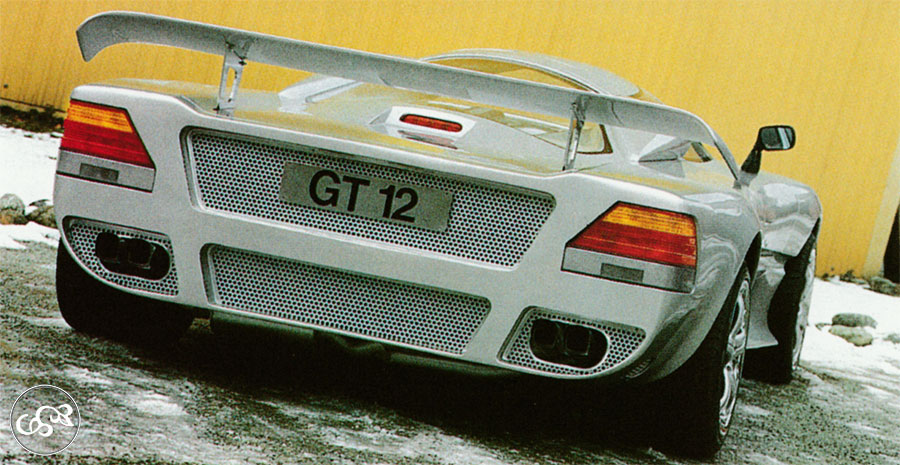
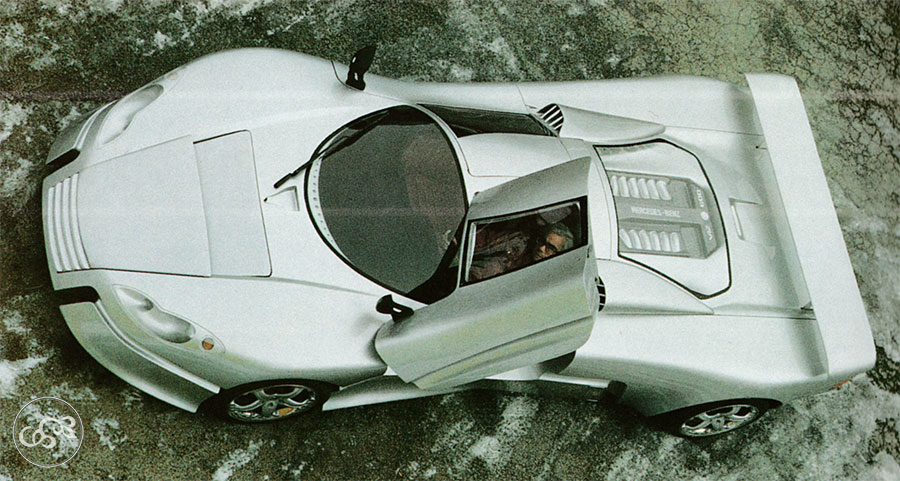
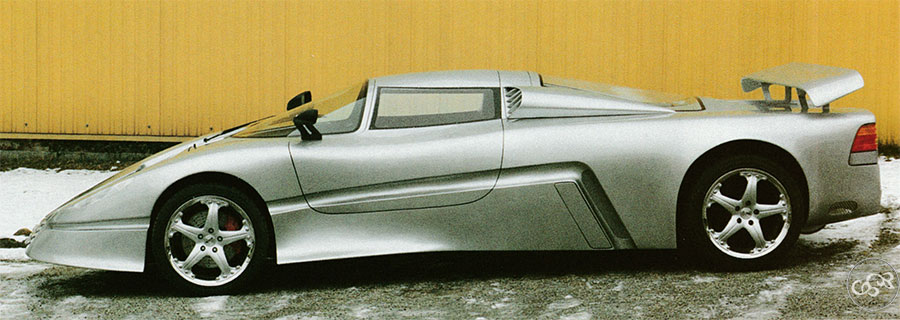
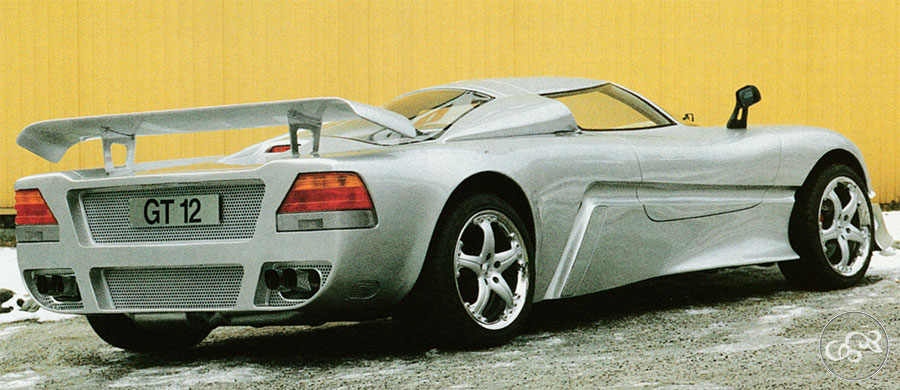
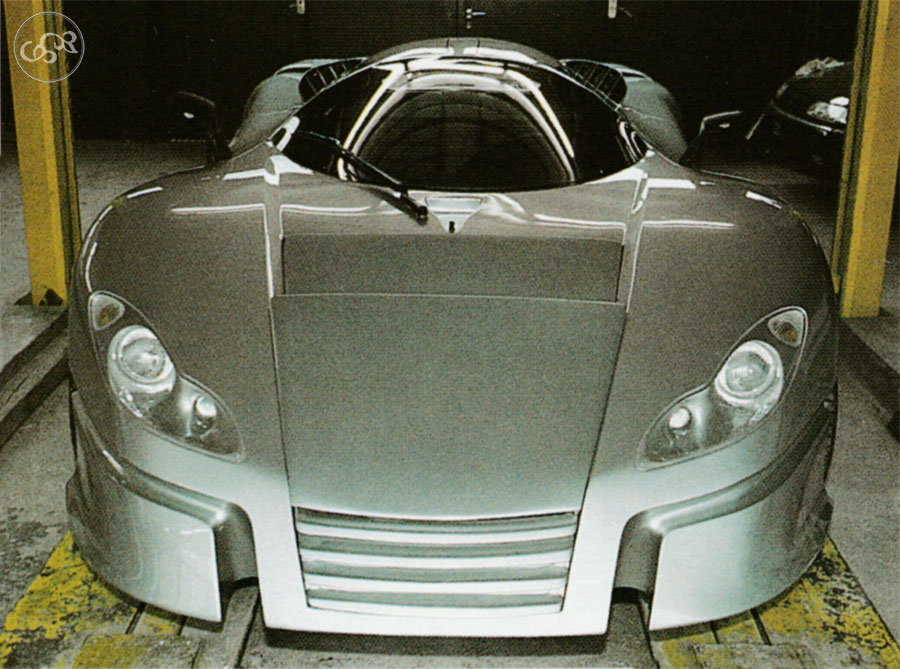
In brief
1- Evolution of the GT1
2- V12 engine
3- Dual Frame chassis